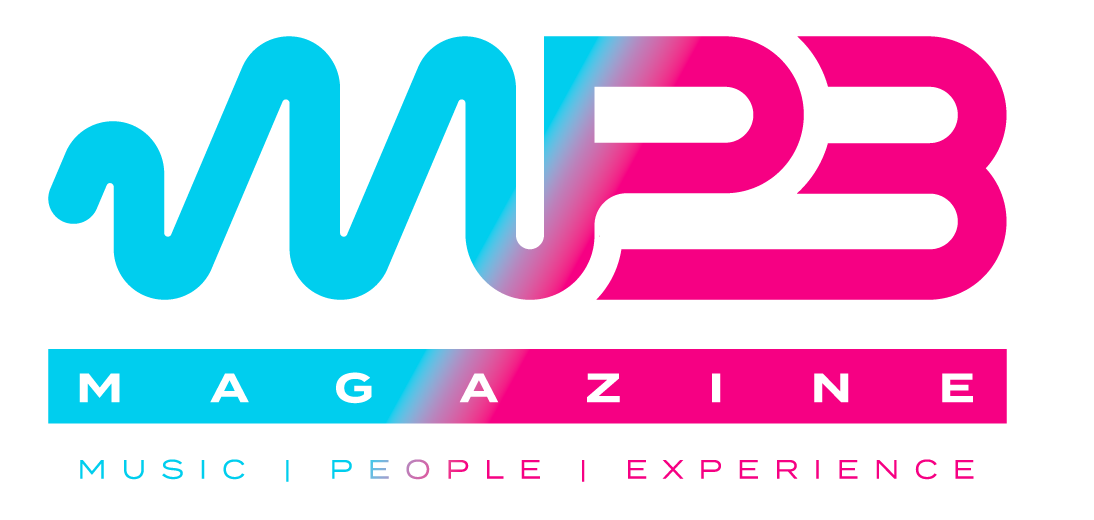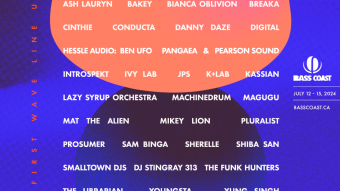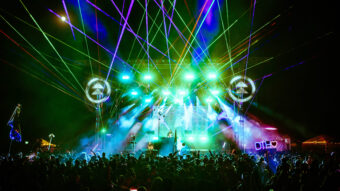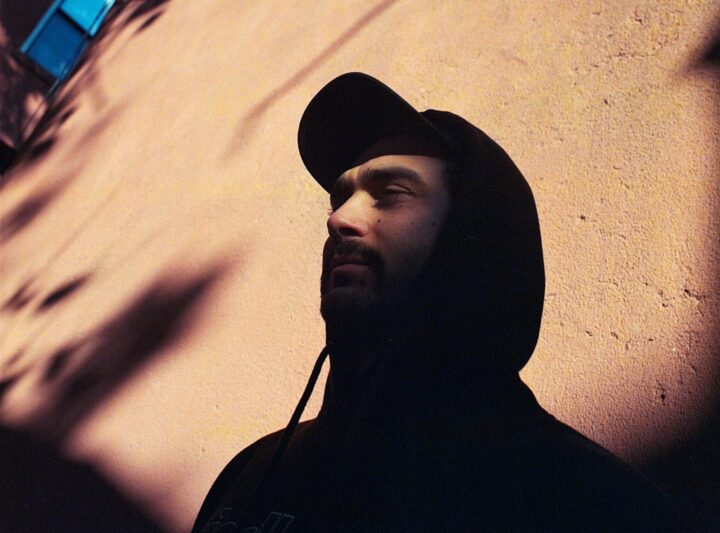
How Ableton and Adventure Time Gave Rise to Esseks
What do cartoons, Japan, and a guitar have in common? Each of these elements has shaped the creative journey of producer and visual artist, Sam Eckstein, better known as Esseks.
Eckstein has been making waves in the bass music scene for nearly a decade now. His dark, playful sounds and whimsical, cartoonish illustrations have captivated the eyes and ears of fans the world over — and reflect the artist’s eclectic background. Originally a guitarist, Eckstein transitioned to electronic music production after learning how to make live hip-hop beats on Ableton. From there, he began recording his own music and playing live shows — all the while using his artistic talent to enhance the emotionality of his music.
His latest work, an upcoming EP and artwork series called The Uncertain Future, is a diary of the producer’s time during the pandemic. Esseks sat down with MP3 MAG to discuss the EP, his love of cartoons, and the unique way in which he combines sonic and visual elements to tell meaningful stories.
Eckstein was born in Manhattan. In his formative years, he frequently moved around overseas — first to Singapore, then to Australia, and eventually, to Japan, where he attended high school.
Around his freshman year of high school, Esseks started recording his own music.
“I had a guitar. I had Pro Tools on a little computer. And I would play riffs over each other on guitar,” he recalled.
At that time, Eckstein took inspiration from prolific guitarists like John Frusciante (Red Hot Chili Peppers) and Omar Rodriguez-Lopez (The Mars Volta).
“They would have a new solo album like every three months that was just them playing really abstract guitar noodling over weird jazz drum stuff,” Eckstein says. “Every album sounded completely different. It was really personal-sounding music to me. That’s what got me into wanting to record my own music.”
After graduating high school in Japan, Eckstein moved back to New York City to study illustration in college. He simultaneously played guitar in a band with some of his art school peers. It was during this time that he began experimenting with Ableton.
“I started making backing tracks [on Ableton] for the band to play,” he says. “We all would contribute tracks. I would work really hard on making my track the best so the band would be like ‘yeah, we’ll play yours.’ It started out with everyone in the band being better than me at Ableton. I would always try and pitch them tracks, and they’d say ‘no.’ So then I started getting really into Ableton, trying to get my tracks played. And then from there, Ableton got me into listening to bass music and electronic music.”
For Eckstein, music was a means of escape.
“I had so much work in college for art,” he explains. “Music was my way of procrastinating and having fun instead.”
As his art school training drew to a close, Eckstein began to experience a sensation that many creative people know well: burnout. Those gnawing feelings of stress and exhaustion made him question whether or not he wanted to pursue a career in art at all.
“I didn’t know if I even enjoyed art anymore,” he admits. “Every day would be a new assignment. And even if [I didn’t] like it, [I] had to just move on and turn it in. That was not fun for me.”
Eckstein originally took an interest in art because it was something he enjoyed. However, the burnout he experienced in art school forced him to reevaluate what forms of art actually resonated with him.
“I never opened up a Klimt book and thought ‘Oh, this is beautiful. I love this,’” he says. “I didn’t even know what art I liked, let alone what kind of art I wanted to make.”
He adds, “I noticed that the biggest eye-opener for me was [asking myself], ‘What makes you happy? What do you like to look at?’”
Eckstein found himself attracted to the trippy illustrations of Jeremy Fish and the pop surrealism of Jeff Soto. He especially enjoyed the work of Pendleton Ward, whose most famous creation is the animated fantasy series, Adventure Time.
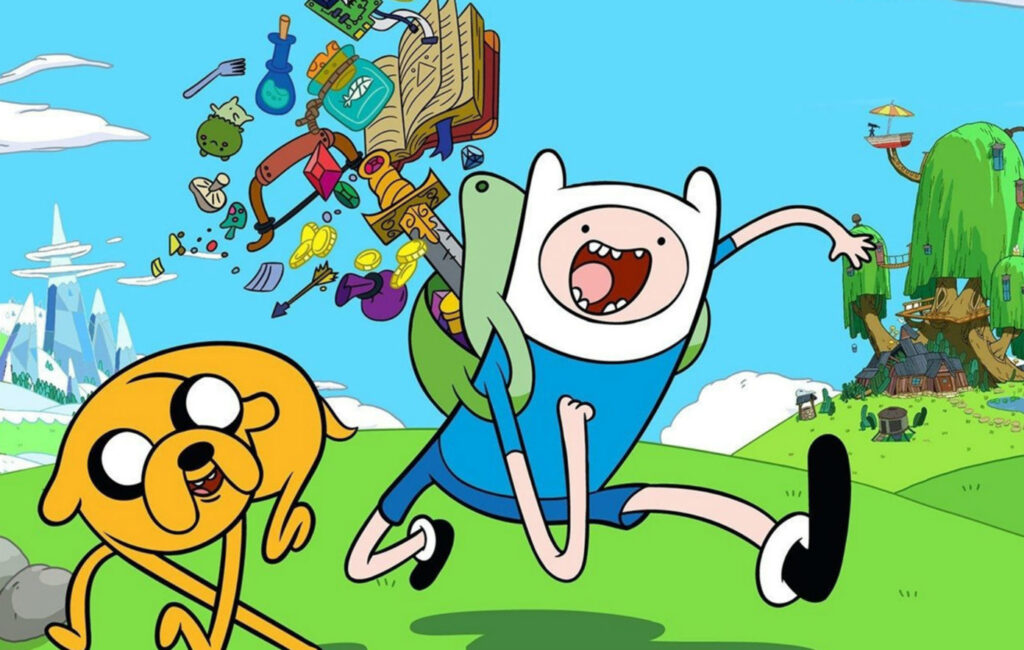
“When I was in college, Adventure Time was a 10-minute YouTube clip that I watched a million times,” Eckstein says. “I thought it was the coolest thing I’d ever seen, and I would show it to everybody.”
As he dove deeper into music production and playing live shows, he created art to support his music. Now with the time and space to draw and paint for his own enjoyment — and not to meet an assignment — his passion for art reignited.
“[My music] was something I was excited about making art for. I was expressing myself from a place of purely no intentions. I would just sit down at my desk with a blank canvas or a blank project file in Ableton, and whatever came out, came out. And then it occurred to me that the art that was coming out of me and the music that was coming out of me looked the way it sounded and sounded the way it looked.”
—Esseks
Now, his art and his music fit together seamlessly, just like the unbreakable bond between Jake the Dog and Finn the Human.
Written over the past two years, his upcoming EP transmutes the producer’s feelings of isolation and anxiety during the pandemic. It also reflects an overall uncertainty about the future and getting older.
“In your twenties, everything seems like it’s far in the future. But then when you get into your late twenties/early thirties, everything starts happening. Like, friends start dying. Your grandparents start getting old. Your parents start getting old. Life gets really real,” he says. “And then on top of that, the pandemic made me have to stop traveling around and playing shows and just face all of it.”
As with his earlier works, Eckstein created a series of illustrations for The Uncertain Future. The first image — an anxious-looking, red-armored guard standing against the backdrop of a desert — was originally a stream-of-consciousness painting. Esseks realized the image looked vaguely like a tarot card. From there, he decided to make a series of tarot card-like drawings.
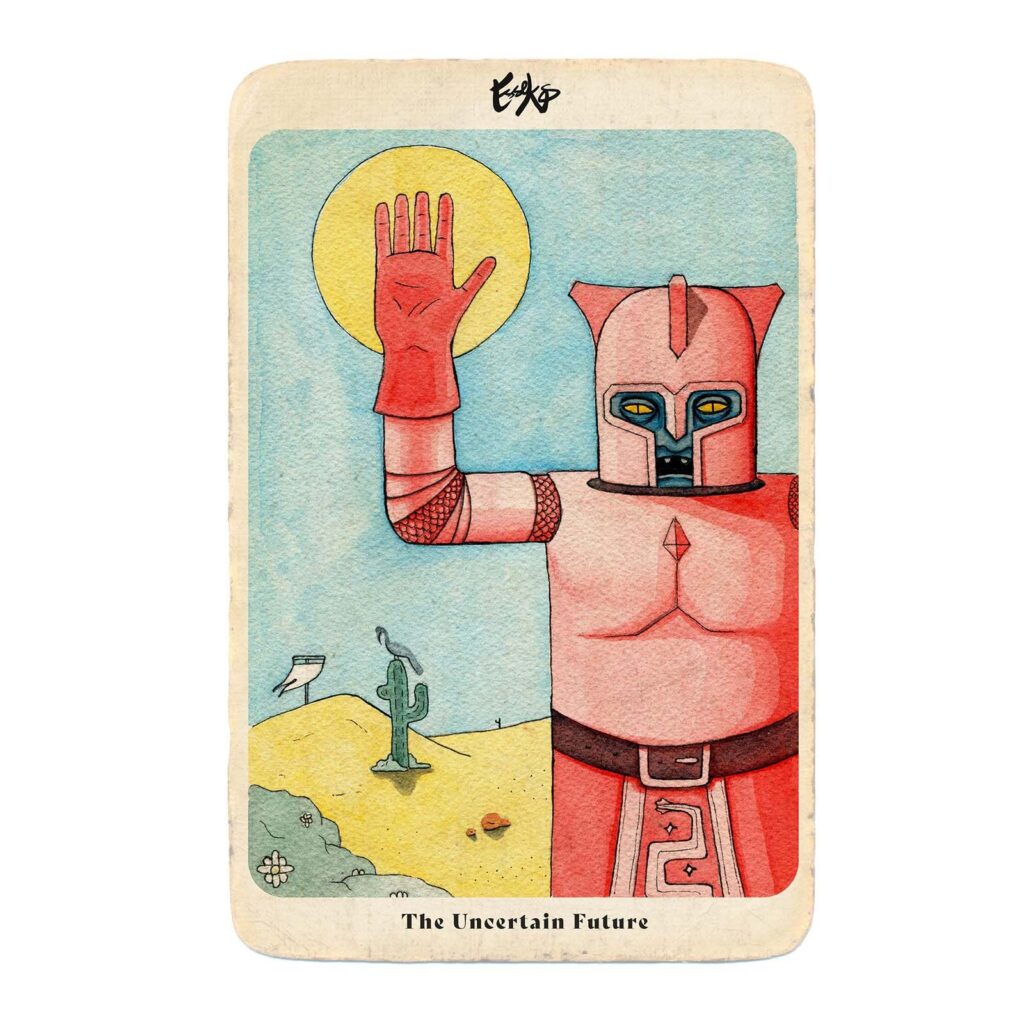
“I think with any illustrative project, it helps to have a framework in which you can make a bunch of pieces that all fit together,” he says. “And I thought the tarot card concept was just one that worked well.”
Although he himself does not believe in the power of tarot cards, he admits they are a fitting metaphor for the desire to control or predict the future.
As for the future of Esseks, the producer plans to continue doing what he has always done: express himself. With this new project, Eckstein sharpens his craft as a producer and illustrator.
“I’m just constantly getting better,” he said. “In my opinion, [The Uncertain Future is] better than the last thing I did. Both the art and the music [are] better. Hopefully, it continues to keep getting better, because you know, that’s what I do. I just try and work and then put it out, and then work and put it out. There’s no strategy; it’s just expression.”
